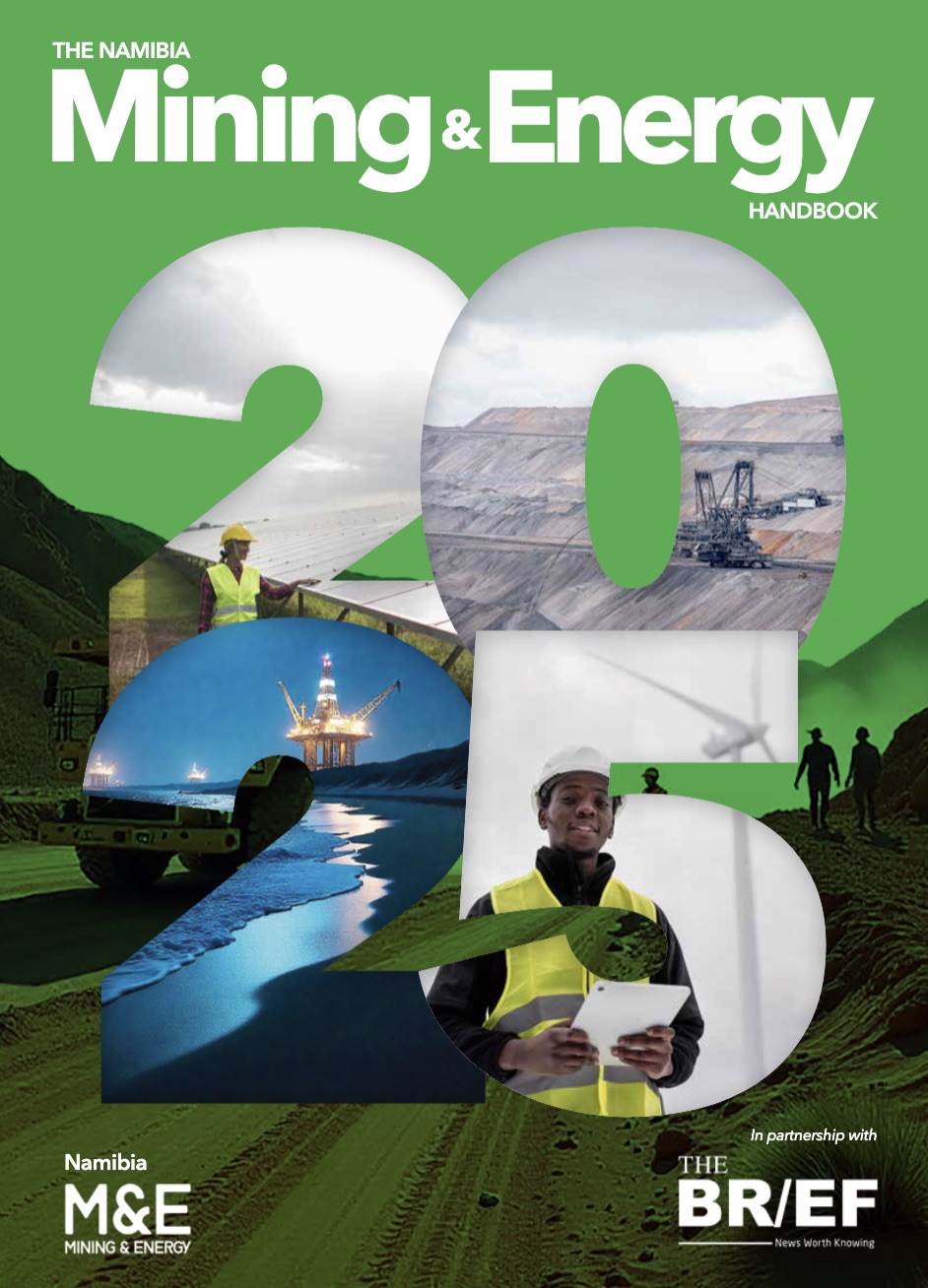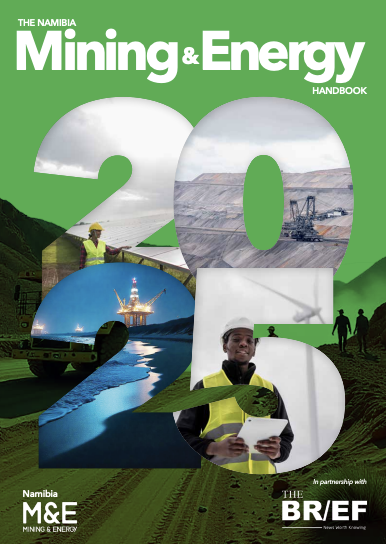
By Simon Inauen Inauen
The partnership between Namibia and Germany in the field of energy and green hydrogen is more than a technical or economic undertaking—it represents a shared vision for deeper collaboration between Namibia, Germany, and the European Union. On one side, Europe faces an increasing demand for clean energy, resources, and skilled labour; on the other, Namibia aspires to economic growth, employment, and investment.
This partnership exemplifies how international cooperation in the 21st century can succeed: based on mutual respect, strategic alignment, and a “triple win” for both regions—and for the planet.
The Namibian German green hydrogen cooperation presents the opportunity to become a global model for sustainable energy partnerships between industrialized and developing countries.
It’s not only about exporting green hydrogen, but also about using this energy to create local value: through the development of new Namibian and African products based on PtX derivatives, green iron, or the processing of raw materials like lithium—powered entirely by renewable energy.
In doing so, Namibia can turn its abundant resources and some of the world’s lowest-cost clean electricity into a strategic economic advantage. GIZ, on behalf of the German government and the European Union, supports this process at multiple levels of the emerging ecosystem: in education and training, SME and start-up development, and in climate and energy policy. This approach strengthens not only the industrial base, but also the social and environmental dimensions of the transformation.
The potential of this partnership is enormous—but realizing it will require courage, trust, strategic leadership, and significant investment. To unlock this potential, German and European funding instruments must be used wisely and strategically.
One key challenge is the systemic disadvantage African countries like Namibia face due to significantly higher financing costs. These costs currently make African hydrogen products appear more expensive than European ones on the global market—even though they are technically cheaper to produce.
As a result, Europe and Africa risk missing a strategic opportunity that could be seized with well-targeted financing and partnership mechanisms.
Funding should not focus solely on large-scale projects like Hyphen but also support the inclusion of small and medium-sized enterprises (SMEs) and the upskilling of local workforces.
Only if local actors are meaningfully involved can the often-cited “trickle-down effect” truly take hold. Germany’s strong SME sector has much to offer—and is ready to share knowledge and technology through mutually beneficial exchange.
At the same time, we must broaden our perspective: this partnership must not be limited to the export of green hydrogen. It must also address questions of energy access and rural development.
Currently, less than 50% of Namibia’s rural population has access to electricity—many schools, clinics, and households still lack power. A just energy transition must reach these communities too. Our shared commitment therefore also focuses on accelerating rural electrification as a central objective.
We also recognise: green hydrogen production requires space—large tracts of land. That makes it even more important to address environmental impacts early, systematically, and responsibly.
Together with Namibian partners, we are currently preparing a biodiversity mapping initiative in the Tsau ǁKhaeb National Park (Sperrgebiet).
The aim is to protect sensitive ecosystems and compensate for unavoidable impacts through high-quality, science-based offset measures. Here too, we aim to set a benchmark—for Namibia and for the global hydrogen economy.
The German-Namibian energy partnership stands at a crossroads. It has the potential to become a global model for fair, sustainable, and future-oriented cooperation in the energy and raw materials sector.
* Simon Inauen Inauen is a Head of Project – Renewable Energy and Green Hydrogen in Namibia, GIZ







